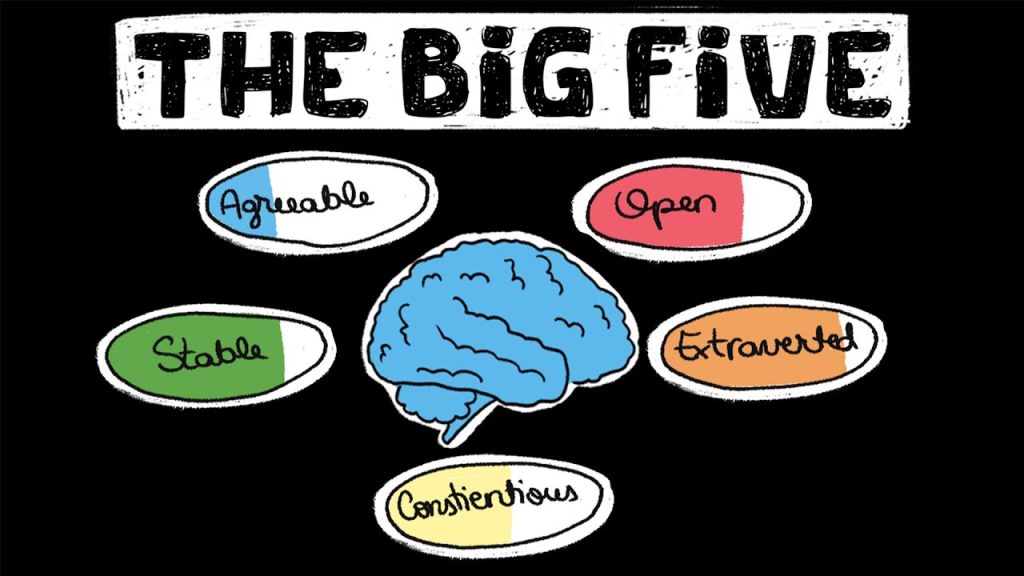
Unlocking Corporate Achievement Through the Big Five Personality Model
In recent decades, the corporate world has increasingly embraced the Five Factor Approach, even in the presence of various alternative personality models. The Big Five personality test can be taken for free by using the Psyculator website https://psyculator.com/big-five-personality-test/ . This groundbreaking concept posits that human personality can be distilled into five fundamental factors: Openness, Conscientiousness, Extraversion, Agreeableness, and Neuroticism, sometimes known as Emotional Stability (Block, 1995, 2001; John & Srivastava, 1999). These broad factors are intricately linked to specific personality traits known as personality facets. The widely accepted Five Factor Model (FFM; Costa & McCrae, 1992a), also referred to as the Big Five, encompasses 30 lower-level personality facets, with six facets corresponding to each broad factor. For instance, Neuroticism is associated with attributes such as anxiety and anger, Conscientiousness evaluates qualities like self-discipline and planning abilities, Agreeableness encompasses traits like altruism and empathy, Extraversion measures sociability and extroversion, while Openness generally assesses one’s inclination toward embracing new experiences.
Extensive research has confirmed that personality can reliably predict job performance. Consider Conscientiousness, often seen as the most robust predictor of job performance across various professions. It consistently shows predictive correlations in numerous meta-analyses: .18 (Tett, Jackson, & Rothstein, 1991); .22 (Barrick & Mount, 1991); .24 (Hurtz & Donovan, 2000); .26 (Judge, Rodell, Klinger, Simon, & Crawford, 2013). In simpler terms, Conscientiousness accounts for up to 6.8 percent of the variation in job performance. While this may seem modest, it’s crucial to note that after IQ, considered the most potent predictor of job performance, the Big Five personality factors emerge as the second most influential predictors for job outcomes. Notably, personality adds an extra layer of predictive value beyond IQ, implying that a portion of job performance attributed to personality cannot be solely attributed to employees’ intellectual capabilities.
What’s even more intriguing is the extensive body of research indicating that personality offers insights into various critical organizational metrics beyond job performance. Numerous meta-analyses have confirmed the pivotal role of personality in predicting job satisfaction (Judge, Heller, & Mount, 2002), burnout (Alarcon, Eschleman, & Bowling, 2009), absenteeism (Ones, Viswesvaran, & Schmidt, 2003; Salgado, 2002), presenteeism (Johns, 2010; Miraglia, & Johns, 2016), workplace accidents (Clarke & Robertson, 2005; Clarke & Robertson, 2008), organizational commitment (Meyer, Stanley, Herscovitch, & Topolnytsky, 2002), organizational justice (Cohen-Charash & Spector, 2001), and counterproductive workplace behavior (Grijalva & Newman, 2015).
Furthermore, other meta-analytic studies emphasize the significance of personality assessments in predicting both positive and negative leadership styles (Bono & Judge, 2004; Eagly, Johannesen-Schmidt, & Van Engen, 2003). Concerning the latter, personality assessments serve as valuable tools for identifying destructive leaders whose actions have adverse effects on organizations. Importantly, a growing body of organizational research has linked destructive leadership to workplace bullying (e.g., Boddy, 2005, 2010, 2015), with a recent study indicating that in a sample of working individuals in the United States, psychopathic and narcissistic leadership styles explained as much as 41 percent and 25 percent of the variance in workplace bullying, and up to 20 percent of the variance in employee depression (Tokarev, Phillips, Hughes, & Irwing, 2017). This carries significant economic costs, with the organizational costs of workplace bullying in the UK alone estimated to range from four to four and a half billion pounds annually, attributed to lost productivity and legal expenses (Rayner, 1997; Sheehan, 1999). In fact, the issue of workplace bullying is so persistent that Einarsen (1999) asserted that “Bullying at work… is a more debilitating and devastating problem for employees than all other work-related stressors combined” (p.2).


























